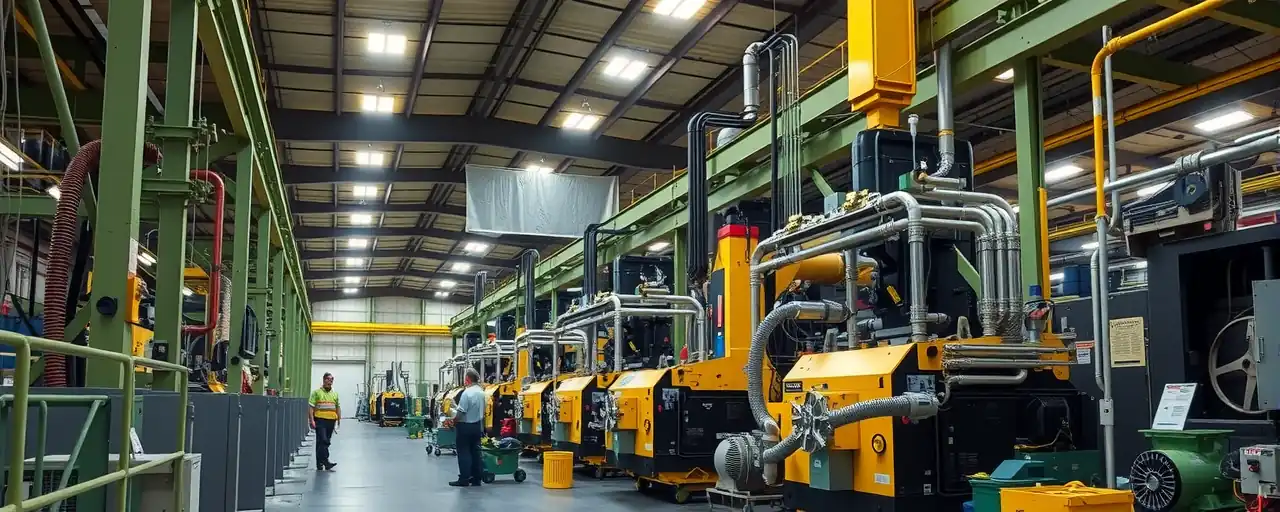A State on Fire
Texas is riding an economic wave. In April 2025, the state recorded a labor force of 15.8 million, with 15.2 million Texans working and 14.3 million nonfarm jobs. That translates to 37,700 new jobs in a month and 215,500 over the past year, a pace that outstrips the nation. These figures, pulled from recent employment data, signal a state thriving at full tilt.
State leaders recently celebrated Texas as the top spot for job-creating businesses, fresh off winning the 2025 Prosperity Cup for economic strength. The numbers back up the hype, but they also raise questions. What’s driving this growth? Who’s reaping the rewards? And can Texas keep it up?
Economic success stems from a mix of policy, people, and timing. Texas has spent years crafting an environment that draws businesses and workers. Yet, beneath the headlines, debates simmer about fairness, sustainability, and the long-term impact on everyday lives. Let’s dig into the details.
The Business Magnet
Texas attracts businesses like a magnet. Its lack of a state income tax and light regulatory touch make it a haven for companies looking to grow. In 2025, the state’s job growth hit 1.5 percent, adding 215,500 nonfarm jobs, with sectors like energy, tech, and construction leading the charge.
Supporters of this approach argue that low taxes and clear regulations create stability, encouraging firms to invest and hire. Recent laws signed to strengthen Texas’ capital markets aim to cement this advantage. Business leaders say these policies drive job creation and lift wages across the board.
Others see a different picture. Some argue that tax breaks and relaxed rules often benefit big corporations more than small businesses or workers. Data shows persistent wage disparities, and questions remain about whether growth reaches all Texans, especially those earning less.
Building a Workforce for Tomorrow
A growing workforce powers Texas’ economy, but it’s not without hurdles. The state’s population surge brings new workers, yet automation and AI are reshaping job demands. Many roles now require skills that parts of the labor force don’t yet have, creating a gap that worries employers and educators alike.
Texas has responded with expanded training programs, from apprenticeships to partnerships with businesses. These aim to equip workers for high-demand fields like tech and manufacturing. Still, meeting the needs of a 15.8 million-strong labor force is a tall order, and some call for greater public investment in education.
Others believe the private sector should take the lead. Texas’ history of innovation, from oil to tech, suggests businesses can drive solutions. The question is how to balance rapid job growth with preparing workers for a fast-changing economy.
A National Lens
Texas’ boom is part of a broader shift. States like Florida and North Carolina also see strong job growth, fueled by migration and business relocations. Texas stands out for its scale, building on decades of economic momentum that began when industries moved from the Rust Belt to the Sun Belt.
Across the U.S., economic debates reveal competing priorities. Some push for higher wages and stronger worker protections to tackle income inequality. Others advocate for lower taxes and fewer regulations to spur innovation. Texas leans heavily on the latter, but the results spark varied perspectives.
For Texans, the impact is real. A robust economy brings jobs, but rising living costs and uneven wage growth can dampen the benefits. With an unemployment rate at 4.1 percent, near historic lows, the state looks strong, yet regional disparities and underemployment linger.
The Road Forward
Texas’ economic trajectory looks bright. Projections show steady job growth into 2025, with diverse industries keeping the state resilient. But challenges like skills gaps, wage fairness, and housing costs loom large, demanding attention from leaders and communities.
The state’s business-friendly policies have delivered results, yet they don’t solve everything. Preparing workers for new technologies and ensuring growth benefits all Texans will define the next phase. Collaboration between businesses, educators, and policymakers will be key.
Texas stands as an economic leader, its record-breaking jobs numbers a testament to ambition and opportunity. The future hinges on turning growth into progress that lifts everyone. The path is clear, but it won’t be simple.
